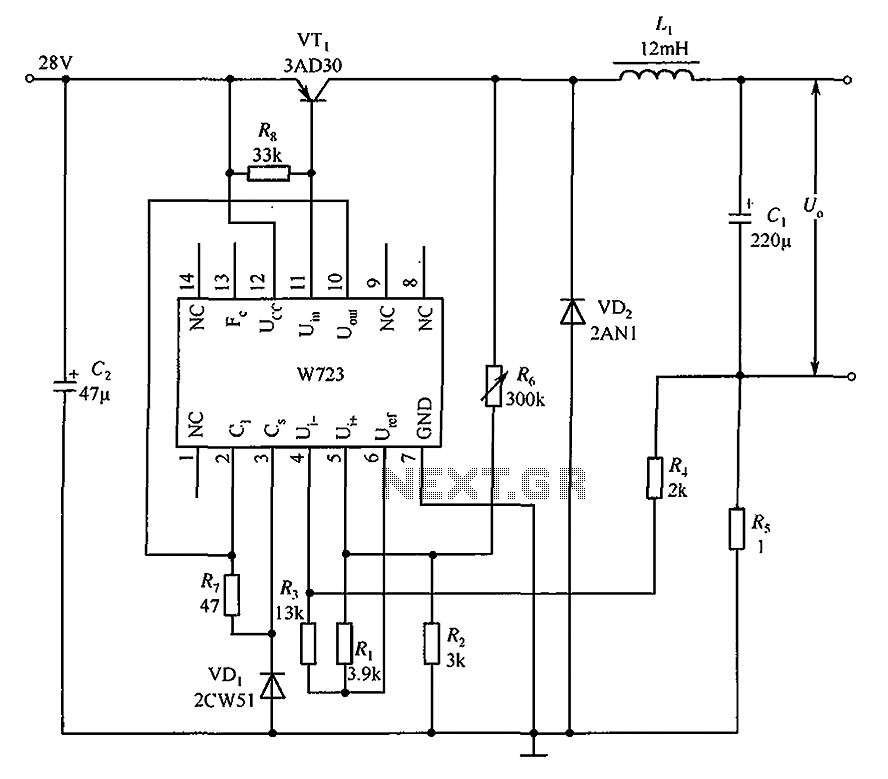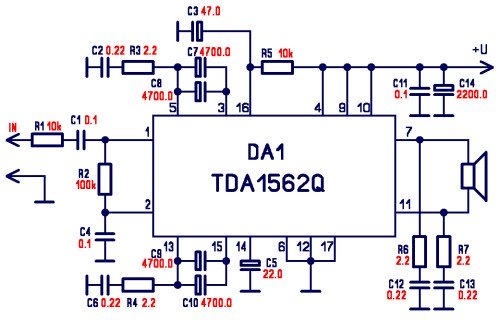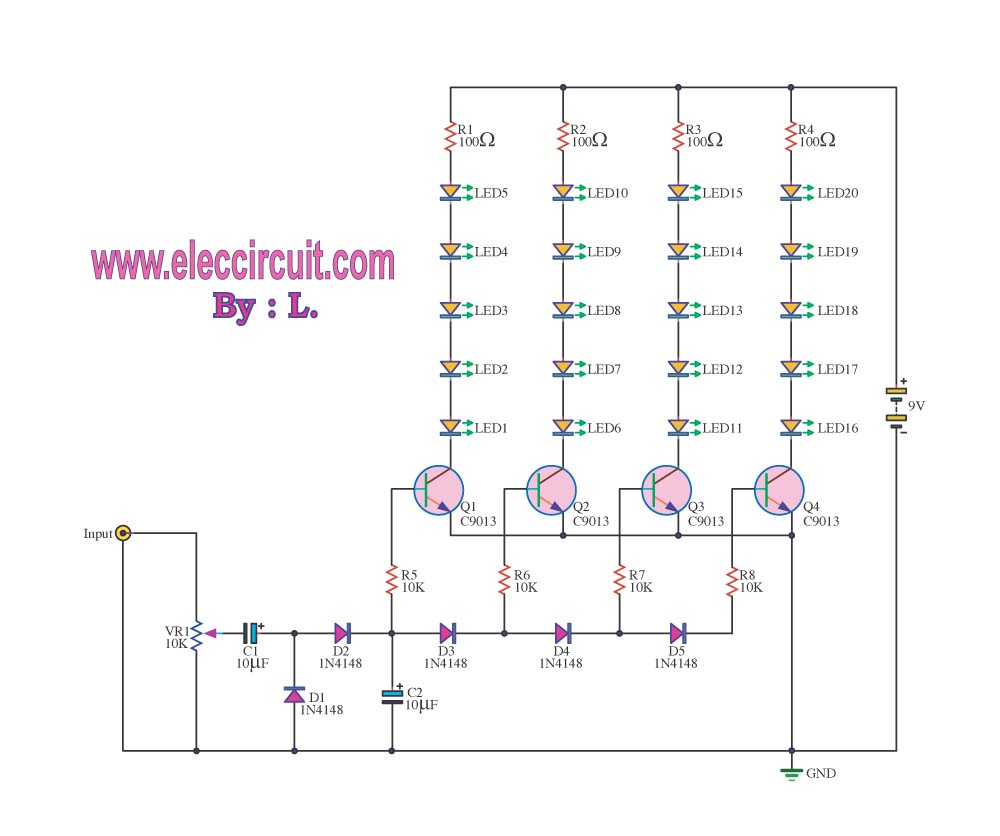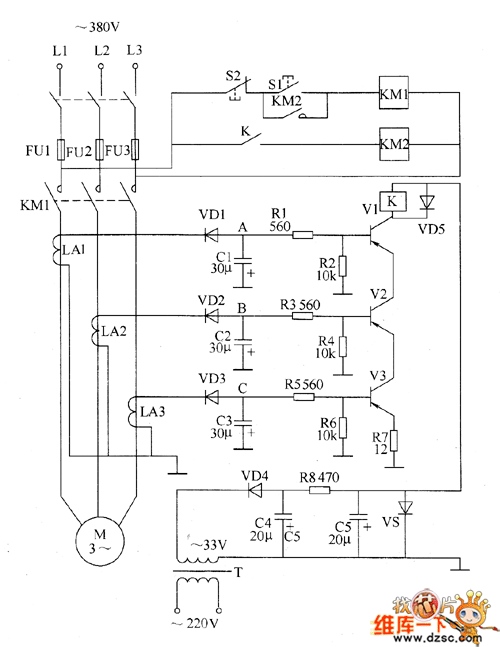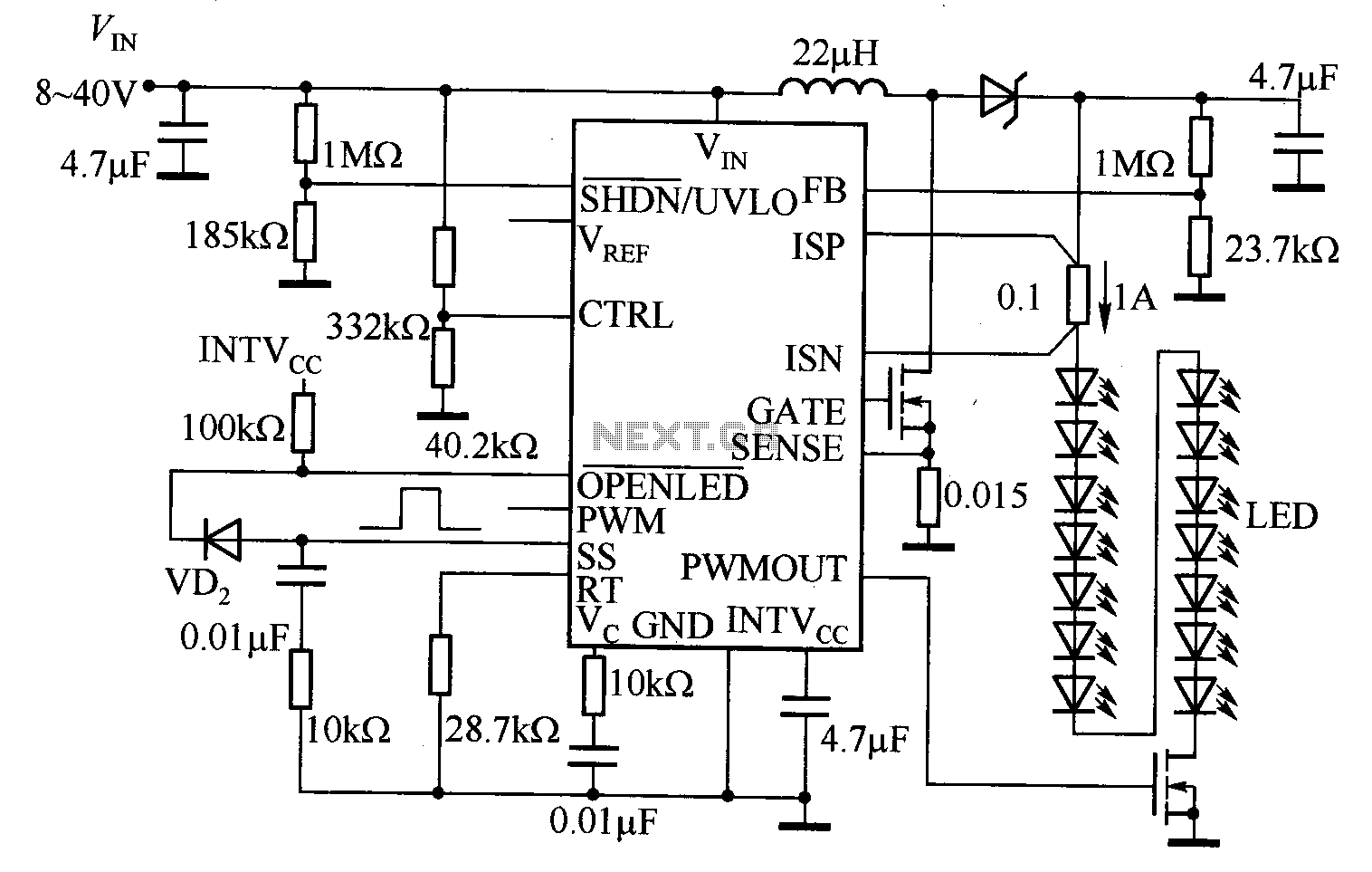
Attenuator circuit
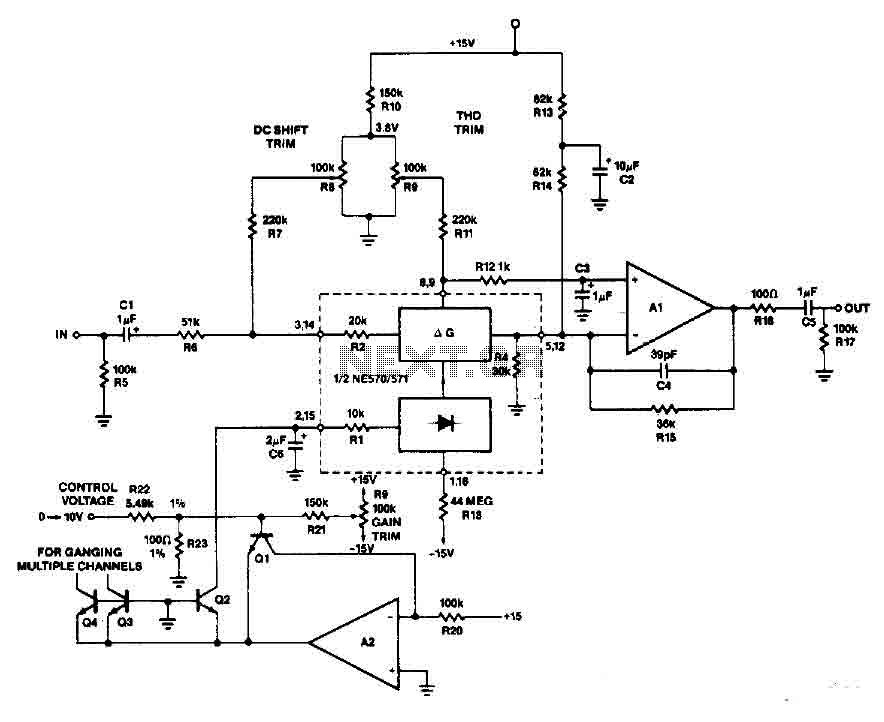
An operational amplifier along with transistors Q1 and Q2 forms an exponential converter to produce an exponential gain control current, which is fed into the rectifier. A reference current of 150 pA, with a voltage of 15 V and a resistor RZO of 100 kΩ, is reduced by a factor of two (6 dB) for each increment in the control voltage. Capacitor C6 moderates rapid changes to a time constant of 20 IDS (C6 multiplied by IR), ensuring that a sudden variation in the control voltage results in a smooth gain change. Resistor R18 guarantees that for the control voltages, the circuit will achieve maximum attenuation.
The rectifier's bias current typically limits the gain reduction to approximately 70 dB. Resistor R16 enhances the rectifier's performance. After approximately 50 dB of attenuation, a slope of -6 dB/V is observed, with the slope increasing and the attenuation accelerating until the circuit is fully closed at around 9 V of control voltage. The operational amplifier should be characterized by low noise, high intensity, and fast scanning speed. Resistors R13 and R14 are configured to provide a 0 V bias to the output.
An exponential converter circuit utilizing an operational amplifier and transistors is designed to control gain effectively through a variable control voltage. The operational amplifier serves as the primary gain element, while transistors Q1 and Q2 facilitate the exponential conversion of the control signal into a corresponding gain control current.
The reference current of 150 pA is a critical parameter, establishing a baseline for the circuit's operation. With a supply voltage of 15 V and a resistor RZO of 100 kΩ, the initial gain is set. The design incorporates a logarithmic response to the control voltage, where each 1 V increase in the control voltage results in a 6 dB reduction in output gain, effectively doubling the attenuation for each increment. This characteristic allows for precise control over the output signal.
Capacitor C6 plays a vital role in stabilizing the circuit's response to changes in the control voltage. By introducing a time constant of 20 IDS, it mitigates abrupt fluctuations, ensuring that transitions in gain occur smoothly, thereby enhancing audio fidelity and reducing distortion during dynamic signal conditions.
Resistor R18 is strategically placed to ensure that the circuit reaches maximum attenuation, which is essential in applications where complete signal suppression is required. The rectifier's bias current, typically limiting gain reduction to around 70 dB, is managed by R16, which allows for enhanced performance and responsiveness of the rectifier circuit.
As the control voltage approaches 9 V, the circuit's attenuation increases significantly, achieving a rapid decline in output gain. This feature is critical in scenarios requiring swift response to control changes, making the design suitable for applications such as automatic gain control in audio processing systems.
The operational amplifier selected for this circuit must exhibit low noise characteristics, high output current capability, and fast response times to ensure optimal performance. Resistors R13 and R14 are utilized to maintain a 0 V bias at the output, further stabilizing the circuit and ensuring linear operation across the desired range of input signals. This arrangement is crucial for maintaining signal integrity in high-performance electronic applications.A op amp and transistors Q1 and Q2 exponential converter to generate an exponential gain control current, which is introduced into the rectifier. A reference current of 150 pA, (15 V and RZO = lOO-k), is attenuated by a factor of two (6 dB) for each increase of tension in the control voltage.
Capacitor C6 slows secure changes to a period of 20 IDS constant (C6 x IR) such that a sudden change in the control voltage will produce a gain change smooth sound. RI8 ensures that for control voltages of the circuit will go to great attentuation full. The rectifier bias current which would normally limit the gain reduction around 70 dB. RI6 attracts more courses of the rectifier. After about 50 dB of attentuation to -6 dB / V slope, with the increase in slope and the attenuation becomes much faster than the circuit to close completely at about 9 V control voltage. Al should be a low noise, high intensity, scanning speed, op. R13 and R14 in place around 0 V bias to the output. 🔗 External reference
The rectifier's bias current typically limits the gain reduction to approximately 70 dB. Resistor R16 enhances the rectifier's performance. After approximately 50 dB of attenuation, a slope of -6 dB/V is observed, with the slope increasing and the attenuation accelerating until the circuit is fully closed at around 9 V of control voltage. The operational amplifier should be characterized by low noise, high intensity, and fast scanning speed. Resistors R13 and R14 are configured to provide a 0 V bias to the output.
An exponential converter circuit utilizing an operational amplifier and transistors is designed to control gain effectively through a variable control voltage. The operational amplifier serves as the primary gain element, while transistors Q1 and Q2 facilitate the exponential conversion of the control signal into a corresponding gain control current.
The reference current of 150 pA is a critical parameter, establishing a baseline for the circuit's operation. With a supply voltage of 15 V and a resistor RZO of 100 kΩ, the initial gain is set. The design incorporates a logarithmic response to the control voltage, where each 1 V increase in the control voltage results in a 6 dB reduction in output gain, effectively doubling the attenuation for each increment. This characteristic allows for precise control over the output signal.
Capacitor C6 plays a vital role in stabilizing the circuit's response to changes in the control voltage. By introducing a time constant of 20 IDS, it mitigates abrupt fluctuations, ensuring that transitions in gain occur smoothly, thereby enhancing audio fidelity and reducing distortion during dynamic signal conditions.
Resistor R18 is strategically placed to ensure that the circuit reaches maximum attenuation, which is essential in applications where complete signal suppression is required. The rectifier's bias current, typically limiting gain reduction to around 70 dB, is managed by R16, which allows for enhanced performance and responsiveness of the rectifier circuit.
As the control voltage approaches 9 V, the circuit's attenuation increases significantly, achieving a rapid decline in output gain. This feature is critical in scenarios requiring swift response to control changes, making the design suitable for applications such as automatic gain control in audio processing systems.
The operational amplifier selected for this circuit must exhibit low noise characteristics, high output current capability, and fast response times to ensure optimal performance. Resistors R13 and R14 are utilized to maintain a 0 V bias at the output, further stabilizing the circuit and ensuring linear operation across the desired range of input signals. This arrangement is crucial for maintaining signal integrity in high-performance electronic applications.A op amp and transistors Q1 and Q2 exponential converter to generate an exponential gain control current, which is introduced into the rectifier. A reference current of 150 pA, (15 V and RZO = lOO-k), is attenuated by a factor of two (6 dB) for each increase of tension in the control voltage.
Capacitor C6 slows secure changes to a period of 20 IDS constant (C6 x IR) such that a sudden change in the control voltage will produce a gain change smooth sound. RI8 ensures that for control voltages of the circuit will go to great attentuation full. The rectifier bias current which would normally limit the gain reduction around 70 dB. RI6 attracts more courses of the rectifier. After about 50 dB of attentuation to -6 dB / V slope, with the increase in slope and the attenuation becomes much faster than the circuit to close completely at about 9 V control voltage. Al should be a low noise, high intensity, scanning speed, op. R13 and R14 in place around 0 V bias to the output. 🔗 External reference
Warning: include(partials/cookie-banner.php): Failed to open stream: Permission denied in /var/www/html/nextgr/view-circuit.php on line 713
Warning: include(): Failed opening 'partials/cookie-banner.php' for inclusion (include_path='.:/usr/share/php') in /var/www/html/nextgr/view-circuit.php on line 713
